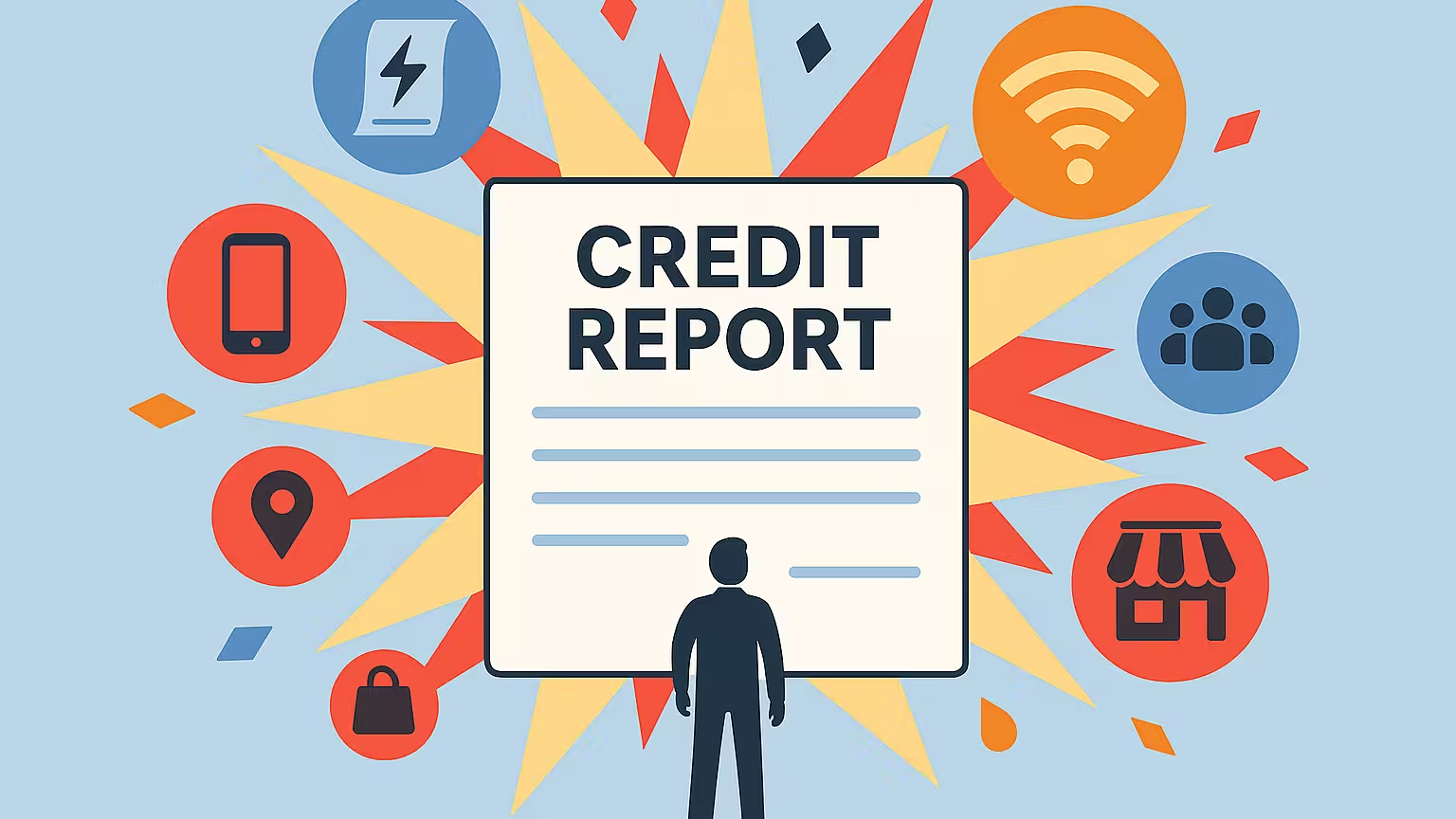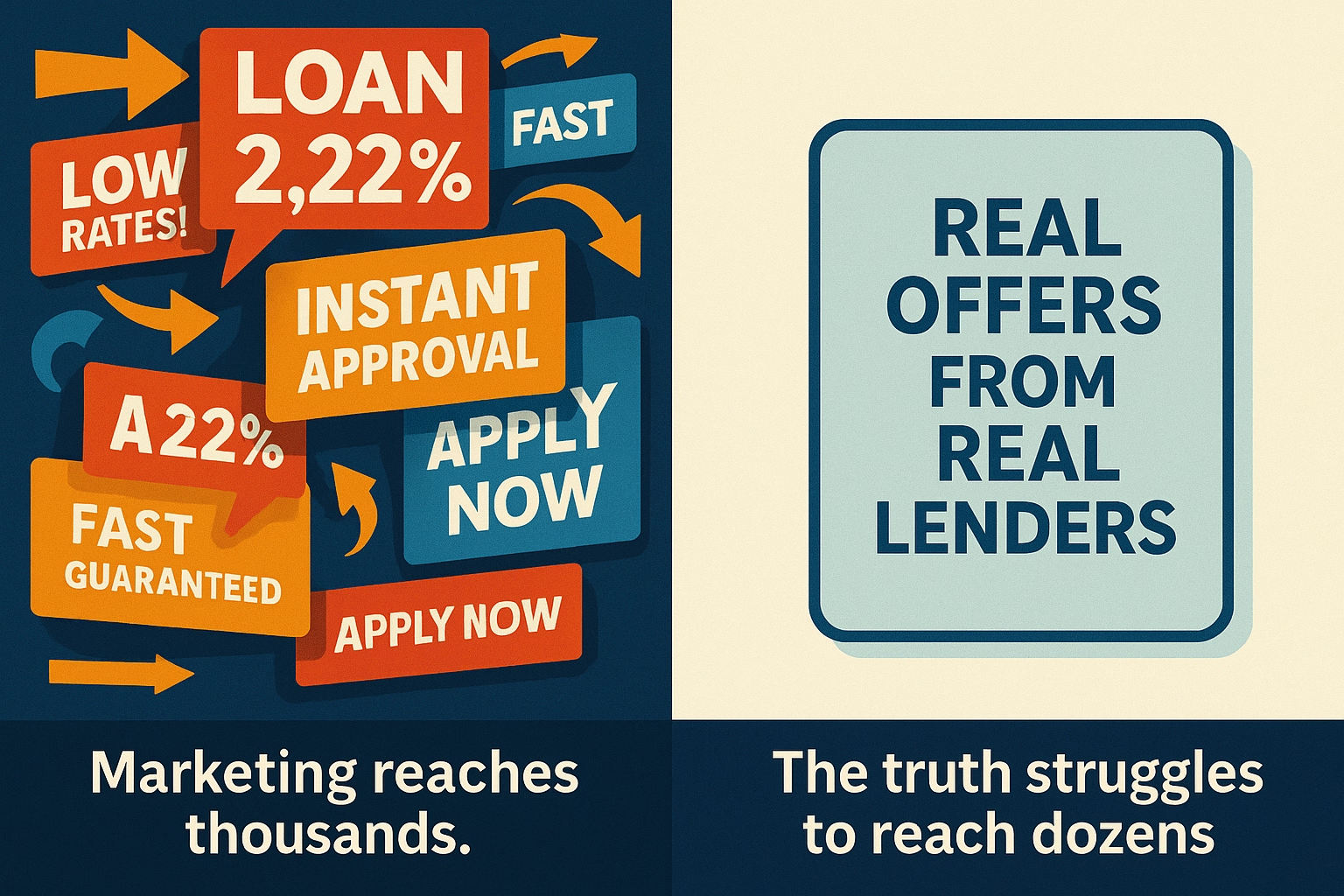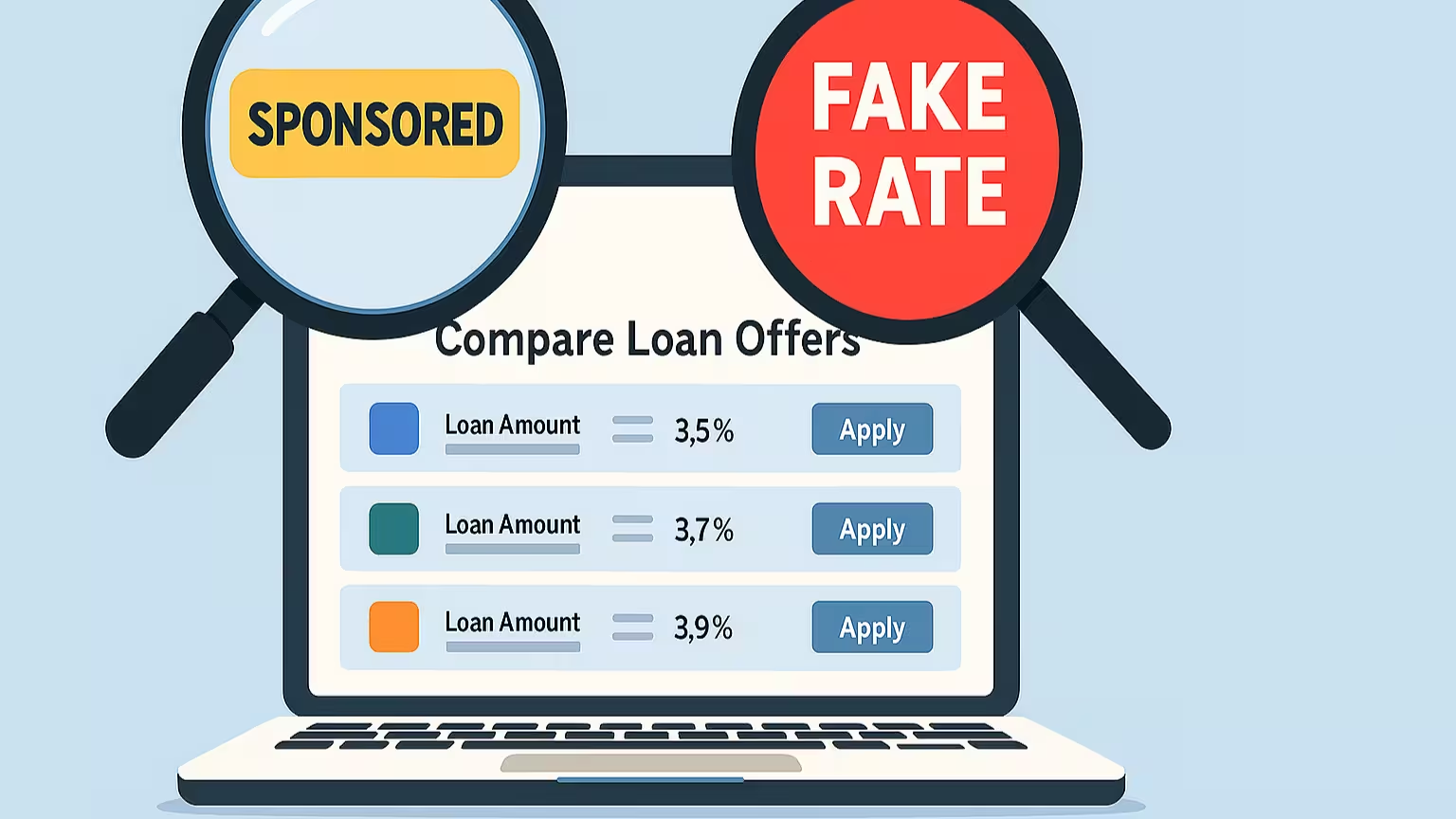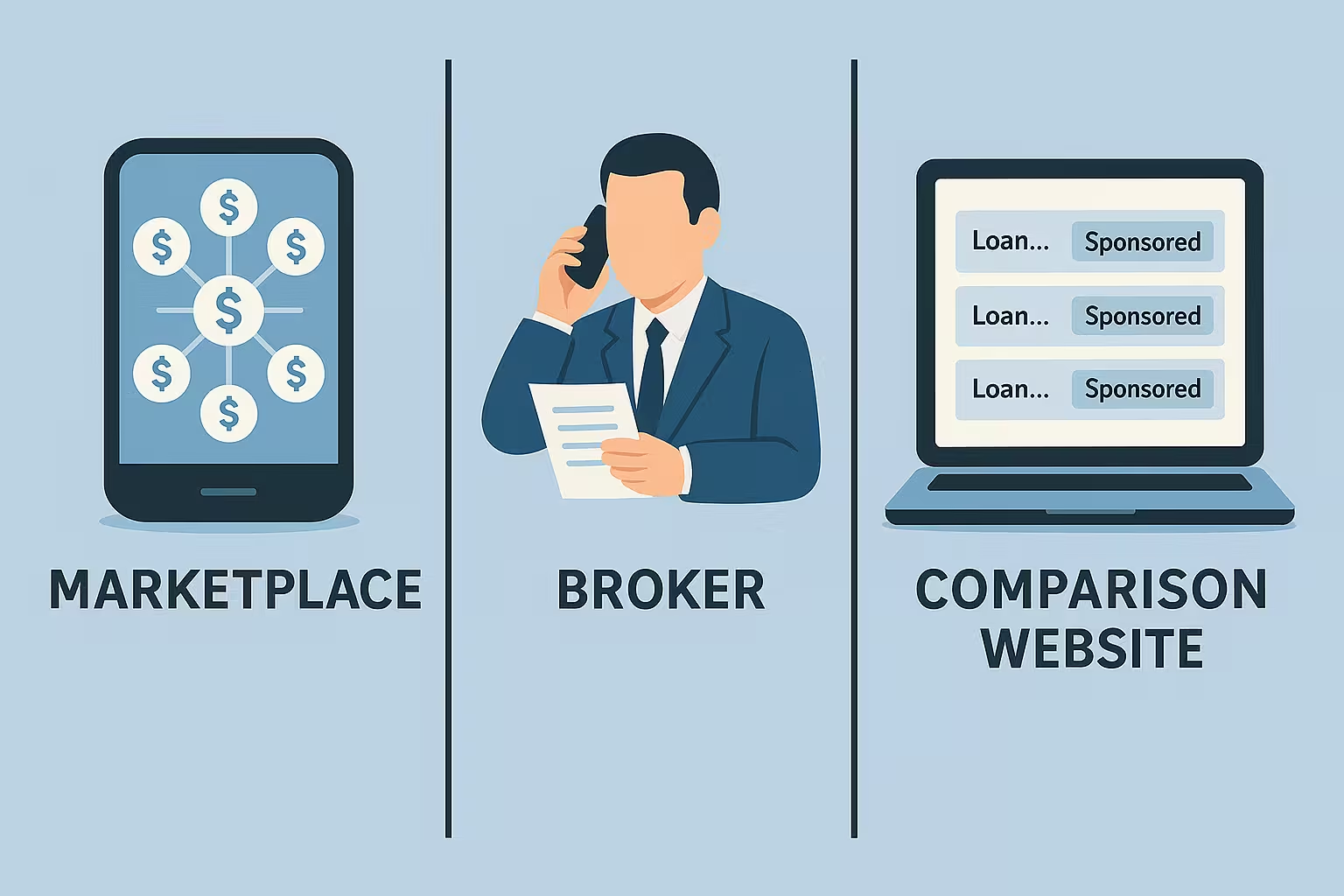The inside out of invoice financing, PO, Contract and Project financing
Written at: 05 Mar, 2024
Last Updated: 26 Sep, 2025
The 4 loan types are covered together as they have similar features. You can jump to the specific part of the article by looking at the bolded keywords.
1)You offered a client say 120 days credit terms, but as you need the cash flow now, you can take the invoice to a factor where they advance e.g. 90% (advance/finance percentage) for your cashflow needs right now.
Used by businesses to improve their cash flow until their customers pay up, invoice financing
(Some financiers may also call it Forfaiting) is when a business sells or pledges its accounts receivable or invoices to a Factor (and thus also the name factoring and invoice discounting) at a discount (e.g 90%). Traditionally, they are more often used by businesses in trading, exporting, or manufacturing but nowadays, they are also used by those providing services rather than goods, such as web design or HR as more fintech factoring companies appear.
At times, they may charge you an interest (Discount Rate/Fee) like most loans. However, many Factors in order not to have to fulfil lending laws - they simply purchase the invoice from you at a discount of say 90% (advance/finance percentage) and earn the difference instead of charging an interest rate.
Factoring traditionally means they purchase the invoice from you and the Factor then collects the payment directly from your customers when the invoices are due. But these days you might find them used interchangeably (and other terms used for invoice financing, include Accounts Receivable Financing, Trade Receivables, Accounts Receivable and Debtor Financing.) And because they might be used interchangeably, another way to know just who will be receiving the payment from your customer, is to look for the term Disclosed or Notified (indicated on your FindTheLoan dashboard), which means your customer will need to be notified of a change of payment banking details. If you see Notified with Joint account indicated, it means a joint account is set up in your name and you do not have to inform your customer to pay to another person.
While it is one of the hardest loans to understand because of how many terms there are, used by lenders from various regions, once understood and a business can take advantage of it - it can be extremely helpful for a business, as it can keep on drawing down on it. This is probably the reason why most brokers shun away from even introducing their customers to invoice financing, as it is probably easier to just find another customer who qualifies for the easier working capital loans.
FindTheLoan.com is all about empowering businesses and you, and we will be working with community partners such as Financial Advisors, accountants and CFOs who can help provide more hands-on help in a neutral way, on understanding your loan offers and incorporating financial strategies into your business. Please refer to our Community Partners section for more.
When you use FindTheLoan.com, lenders regardless of which region they are from, communicate their offers to you in a common terminology, on a single dashboard - allowing you to understand and compare easily. Our articles include terminology from various regions so that should you speak to a lender from another region, you know what they are referring to.
As a lender may not "purchase"/accept all the invoices you presented – on your dashboard it is clearly indicated which are the ones they intend to purchase/accept and you can sell/pledge the other to another lender. If you present multiple invoices and say half of it a lender wants to offer 80% and the other at 90%, it will be sending you 2 quotes to your 1 enquiry.
At times, they also allow subsequent invoices presented without having to reassess you again, up to a limit (Advance/Facility Limit), making it similar to an overdraft. But when there is a limit (Advance/Facility Limit) making it similar to an overdraft, the advance/finance percentage then usually becomes a sub-limit, meaning for example, if you have a “line” of $500,000 and you have an invoice of $90,000 which is within the $500,000, they will factor you only 80% of the $90,000 and you can continue to present new invoices later until the limit of $500,000 is hit.
For Invoice financing or Overdrafts, some lenders may also charge a one-time fee, or an annual/monthly fee usually called a factoring charge to set up an account to provide you with such facilities. Such fees would be displayed under the misc column of your dashboard.
2)For projects that have milestone payments, unless you are factoring and issuing an invoice for each milestone completed and they are financing you based on the incomplete project and future invoice in advance - it is called Project Financing.
Unless you and/or your customer have significant financial strength and/or along with credit insurance. Lenders typically prefer to consider just invoice financing.
3)Some lenders might use Contract Financing interchangeably with "project financing."
However, on FindTheLoan.com, Contract Financing refers to a loan or advance based on anticipated future recurring income. This type of financing is well-suited for businesses such as law firms, accounting firms, consultancies, and other professional services where there's a predictable stream of revenue from retainer contracts, such as licensing, franchising, and retainer agreements.
While Contract Financing may seem similar to Invoice Financing, where future income is also advanced, there's a key difference. With Contract Financing, lenders have more confidence because they can factor in this long-term income when assessing your ability to repay. On the other hand, if your income depends on sporadic purchases or service requests with uncertain frequency, even if it is from a frequent customer, Invoice Financing would be more appropriate.
4)At times, fulfilling an invoice requires you to have the finances to fund raw materials or inventories. Purchase Order finance
provides dedicated funding for businesses to pay only specified suppliers. Think overdraft but with a limited range of usage.
Technically a purchase order is sent by buyers to vendors to track the purchasing process and inventory, while an invoice is an official payment request sent by vendors to buyers once their order is fulfilled, however, some businesses may use the term interchangeably. So, it is simpler to just understand if you need financing to pay your supplier (PO) or if you want to advance cash flow from outstanding payments of your customers (invoice).
Other terms used for PO financing, include supplier finance, supplier financing, supply chain finance, Pre-Shipment Financing
Trade finance or import/export finance is yet another term that you may often hear along with the above. Sometimes they are used interchangeably, but most would tell you it is not a loan type but a range of loans & services where they are also responsible for things like, collecting the shipping documents, preparing a letter of credit or insurance and ensuring the payment to the exporter among other things. Many RMs use these terms interchangeably. So make sure you are aligned and on the same page and not applying for the wrong loan type.
Reverse factoring is also another term that may be used interchangeably. While it works similarly to Invoice Financing, the parties involved are different. Please refer to this for more.
Tips: a)Many small businesses write “cash upon delivery” or “upon completion” as some of their large clients pay as and when they want to. However, you should still state a payment due date in your invoice even if you do not exact a late fee on your client. This is because the factor(lender) bases the tenure of the “loan” on the invoice’s credit term e.g. 120 days (to client) + 30 days (grace), meaning you have 150 days in total to repay the Factor.
If it is a progressive payment based on the completion of certain deliverables, make sure they are stated clearly as well, even if they are estimated dates/days. If they were stated separately via a contract, always include them as supporting documents to prevent delays with your application.
b)SMEs seeking financing often encounter delays due to the lack of standardized invoice formats. Therefore, investing some time in finding a suitable template online can be helpful.
c)At times, a lender may require your current account receivables to assess your financial stability. If your accountant doesn't update it regularly, seeking assistance from our Community Partners could be a viable option.
--
If you enjoyed this article, we’d love for you to share it with others who might find it valuable. Even a quick like or comment here helps trigger the algorithm to reach more people! Our goal is to bring you insights that Big Finance doesn't want you to know, but they often get overshadowed by Big Finance's content due to the large budget they have. Every share helps amplify our work and reach more readers like you!
Subscribe to our LinkedIn newsletter here or on Medium here and never miss any new articles!
Give us a try — it’s free to get your personalized loan offers today!
Learn how we keep our content accurate in our Editorial Policy.
Share on:
Blog Highlights
Recent Posts
Pinned Posts
We believe in sharing knowledge freely. Anyone — whether a company, website, or individual — may republish our articles online or in print for free under a Creative Commons license. (This applies to full republishing, not just casual sharing on social media — feel free to use the share buttons as you like!)
- All hyperlinks must be retained, as they provide important context and supporting sources.
- You must include clear credit with a link to the original article.
- If you make edits or changes, please note that modifications were made and ensure the original meaning is not misrepresented.
- Images are not transferable and may not be reused without permission.










